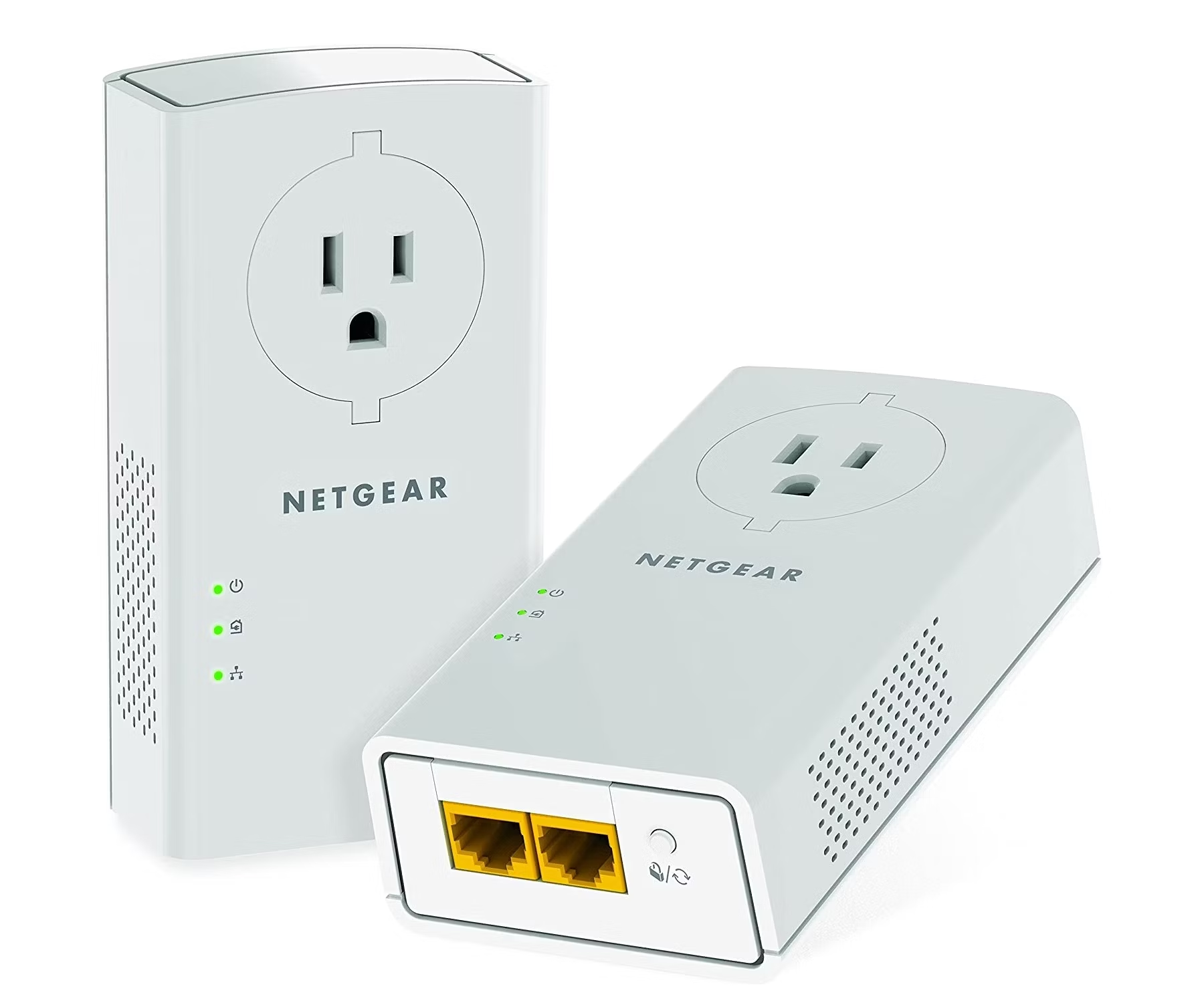

Articles
What Does A Powerline Adapter Do
Modified: December 7, 2023
A powerline adapter is a device that allows you to extend your internet connection using your home's electrical wiring. Learn more about powerline adapters in our informative articles.
(Many of the links in this article redirect to a specific reviewed product. Your purchase of these products through affiliate links helps to generate commission for Storables.com, at no extra cost. Learn more)
Introduction
With the increasing reliance on technology and the widespread use of devices that require an internet connection, having a strong and stable network connection is crucial. However, in some cases, conventional Wi-Fi or Ethernet connections may not provide the desired level of performance and reliability. This is where a powerline adapter comes to the rescue.
A powerline adapter is a device that allows you to extend your network connection using your existing electrical wiring. It transforms your electrical outlets into Ethernet ports, providing a fast and stable internet connection to areas of your home or office where Wi-Fi signals may be weak or unreliable. This innovative technology has gained popularity for its ability to overcome Wi-Fi dead zones and provide a seamless networking experience.
In this article, we will dive deeper into the functionality of powerline adapters, discuss their benefits, examine factors to consider before using them, explore the setup process, and troubleshoot common issues that may occur along the way.
Key Takeaways:
- Powerline adapters offer a simple, reliable, and secure way to extend your network connection using existing electrical wiring, overcoming Wi-Fi dead zones and providing faster speeds for various devices.
- Before using powerline adapters, consider factors such as electrical wiring quality, speed requirements, device compatibility, and network security to ensure optimal performance and seamless networking experience.
Read more: What Does An Ethernet Adapter Do
How Does a Powerline Adapter Work?
Powerline adapters utilize the existing electrical wiring in your home or office to transmit data signals. They work by converting the data signals from your router into electrical signals that can be carried through the power lines. At the other end, another powerline adapter receives these electrical signals and converts them back into data signals that can be understood by your devices.
The process of transmitting data through the electrical wiring involves a technique called frequency modulation. The powerline adapter superimposes the data signals onto the electrical power waveform, which enables the signal to travel along with the standard electricity flow. It operates within a specific frequency range that doesn’t interfere with other electrical devices.
Powerline adapters typically use the HomePlug AV or HomePlug AV2 standard, which ensures compatibility between different brands and models. The speed and performance of a powerline adapter depend on various factors such as the quality of your electrical wiring, the distance between the adapters, and the presence of electrical noise or interference.
It is important to note that powerline adapters work best when plugged directly into a wall outlet and not through a surge protector or extension cord. This helps to maintain a direct and uninterrupted connection between the adapters.
In summary, powerline adapters enable data transmission through existing electrical wiring, providing a reliable and efficient way to extend your network connection without the need for additional wiring or drilling.
Benefits of Using Powerline Adapters
Using powerline adapters to extend your network connection offers several advantages over traditional methods. Let’s explore some of the key benefits:
- Ease of Installation: One of the major benefits of powerline adapters is their simplicity of installation. Unlike running Ethernet cables or configuring Wi-Fi extenders, powerline adapters require minimal setup. Simply plug the adapters into electrical outlets and connect them to your devices via Ethernet cables. It’s a plug-and-play solution that saves time and effort.
- Stable and Reliable Connection: Powerline adapters offer a more stable and reliable connection compared to Wi-Fi extenders. They are not affected by distance or obstacles that can hinder Wi-Fi signals. With powerline adapters, you can enjoy consistent performance and avoid issues like signal dropouts or latency.
- Extended Coverage: By utilizing your existing electrical wiring, powerline adapters can extend your network coverage to areas that are far from your router. This allows you to connect devices in rooms or spaces that may have previously experienced weak or no Wi-Fi signal.
- Better Speeds: Powerline adapters are capable of delivering faster speeds than wireless connections. With the latest HomePlug AV2 standard, it is possible to achieve speeds of up to gigabit levels, which is ideal for bandwidth-intensive activities such as streaming HD videos or online gaming.
- Security: Powerline adapters offer a more secure connection compared to wireless networks. Since the adapters rely on the electrical wiring within your home or office, they are not susceptible to outside interference or eavesdropping. This provides an added layer of security for your data transmission.
- Flexibility: Powerline adapters provide flexibility in terms of device connectivity. You can connect multiple devices to the adapter using Ethernet cables, including gaming consoles, smart TVs, or desktop computers. This ensures a stable and consistent connection for all your devices.
Overall, powerline adapters offer a convenient, reliable, and efficient solution for extending your network coverage and enjoying a strong internet connection throughout your home or office.
Factors to Consider Before Using a Powerline Adapter
Before diving into the world of powerline adapters, there are a few factors to consider to ensure optimal performance and compatibility. Let’s explore these factors:
- Electrical Wiring Quality: The quality of your home or office’s electrical wiring can impact the performance of powerline adapters. Older or poorly maintained electrical systems may introduce noise or signal degradation, affecting the speed and reliability of the connection. It’s recommended to have a relatively newer electrical wiring setup for the best results.
- Powerline Adapter Speed: Powerline adapters come in different speed variants, ranging from 200 Mbps to gigabit speeds. It’s crucial to assess your internet connection speed and choose a powerline adapter that can handle it. Opting for a higher speed adapter ensures future-proofing and allows for bandwidth-intensive activities.
- Compatible Devices: Check the compatibility of the powerline adapter with your devices. Most powerline adapters come with standard Ethernet ports, making them compatible with a wide range of devices such as computers, gaming consoles, smart TVs, and more. However, it’s always advisable to double-check compatibility before making a purchase.
- Network Security: Powerline adapters offer a secure connection by default, since the data transmission occurs within the confines of your home or office’s electrical system. However, it’s essential to ensure that your network is properly secured with strong passwords and encryption to prevent unauthorized access.
- Distance between Adapters: The distance between the powerline adapters can affect their performance. The signal strength decreases as the distance increases. To ensure a strong and stable connection, place the adapters within a reasonable distance and avoid any obstacles, such as walls or appliances, that may interfere with the signal.
- Additional Features: Some powerline adapters offer additional features such as built-in Wi-Fi access points or integrated power outlets. These features can provide added convenience and flexibility, allowing you to connect wireless devices or power up electronic devices without sacrificing an outlet.
By considering these factors, you can make an informed decision when selecting a powerline adapter that suits your specific requirements and ensures optimal performance within your network setup.
A powerline adapter allows you to extend your network using your home’s electrical wiring. It’s a convenient way to improve Wi-Fi coverage in areas with poor signal.
Setting Up a Powerline Adapter
Setting up a powerline adapter is a relatively straightforward process. Here’s a step-by-step guide to help you get started:
- Choose the Right Powerline Adapter: Select a powerline adapter that matches your requirements in terms of speed, number of Ethernet ports, and any additional features you may need.
- Connect the First Adapter: Plug the first powerline adapter into a wall outlet near your router. Connect the adapter to your router using an Ethernet cable. Make sure the connection is secure.
- Connect the Second Adapter: Plug the second powerline adapter into a wall outlet in the area where you want to extend your network. Connect the adapter to your device (such as a computer or gaming console) using another Ethernet cable.
- Pair the Adapters: Depending on the model of your powerline adapters, you may need to pair them to establish a secure connection. This process is usually as simple as pressing a button on each adapter to sync them together.
- Test the Connection: Once the adapters are paired, check the status lights on both adapters to ensure they have established a connection. You should see solid or blinking lights indicating a successful link. Test your internet connection on the device connected to the second adapter to confirm the network extension.
- Expand the Network: If you need to extend your network further, you can add additional powerline adapters to other areas of your home or office. Simply plug them into wall outlets and connect them to your devices using Ethernet cables.
Remember to follow the manufacturer’s instructions specific to your powerline adapter model for accurate setup guidance. Additionally, avoid plugging the adapters into surge protectors or extension cords as this can interfere with the signal and degrade performance.
Once your powerline adapters are set up, you can enjoy a seamless and extended network connection throughout your space without the limitations of Wi-Fi signal strength or reliability.
Read more: What Does A Lan Adapter Do
Troubleshooting Common Issues with Powerline Adapters
While powerline adapters are generally reliable, there may be instances where you encounter some issues. Here are some common problems and troubleshooting steps to help you resolve them:
- Inconsistent or Slow Connection: If your powerline adapter is not maintaining a consistent or fast connection, try the following steps:
- Ensure that the powerline adapters are plugged directly into wall outlets and not through surge protectors or extension cords.
- Check for any interference from other electrical devices, such as refrigerators or microwaves, that might be affecting the signal.
- Verify that the distance between the powerline adapters is within the recommended range for optimal performance.
- Consider using powerline adapters with higher speed specifications to accommodate bandwidth-intensive activities.
- No Connection or Connection Drops: If you’re experiencing no connection or frequent connection drops, try the following steps:
- Check if the powerline adapters are properly paired. Repress the sync buttons on the adapters to establish a secure connection.
- Ensure that the firmware of your powerline adapters is up to date. Check the manufacturer’s website for any available updates.
- Reset the powerline adapters to their default settings and reconfigure them following the setup instructions provided by the manufacturer.
- If the issue persists, try using different outlets or relocating the adapters to reduce potential electrical interference.
- LED Lights Not Illuminated: If the LED lights on the powerline adapters are not illuminated, try the following steps:
- Check if the powerline adapters are properly plugged into working outlets and that there is power supply to those outlets.
- Ensure that the powerline adapters are securely connected to their respective devices using Ethernet cables.
- If the LED lights remain off, try using a different set of Ethernet cables to rule out any cable issues.
- Incompatibility Issues: If you’re experiencing compatibility issues, follow these steps:
- Check the compatibility of your powerline adapter with your devices, especially if you’re using older devices or operating systems.
- Ensure that the firmware of your powerline adapters is compatible with your devices and consider updating the firmware if necessary.
- If compatibility issues persist, reach out to the manufacturer’s support for assistance or consider using alternative powerline adapters that are known to be compatible with your devices.
If you have exhausted these troubleshooting steps and are still experiencing issues, it’s recommended to consult the manufacturer’s support or seek professional assistance to ensure effective resolution.
Remember that successful troubleshooting may require some trial and error, and it’s important to approach each issue systematically to identify and resolve any problems affecting the performance of your powerline adapters.
Conclusion
Powerline adapters offer a practical and efficient solution for extending your network connection and overcoming Wi-Fi dead zones or weak signal areas. By utilizing your existing electrical wiring, these adapters provide a stable and reliable internet connection to various devices throughout your home or office.
In this article, we explored how powerline adapters work by converting data signals into electrical signals and transmitting them through the power lines. We discussed the benefits of using powerline adapters, including their ease of installation, stable connection, extended network coverage, faster speeds, enhanced security, and flexibility.
Before using powerline adapters, it’s important to consider factors such as the quality of your electrical wiring, the speed requirements, compatibility with your devices, network security, and the distance between the adapters. Taking these factors into account ensures optimal performance and a seamless networking experience.
We also provided a step-by-step guide for setting up powerline adapters, highlighting the importance of connecting them directly to wall outlets and pairing them for a secure connection. Additionally, we discussed common troubleshooting steps for resolving issues such as inconsistent or slow connections, no connection or connection drops, LED lights not illuminating, and compatibility issues.
When it comes to improving your network connectivity, powerline adapters offer a reliable and convenient solution without the need for extensive wiring or drilling. Whether you need to connect devices in a remote room, enhance your gaming experience, or ensure a seamless streaming experience, powerline adapters can provide the stable and fast internet connection you need.
As technology continues to evolve, powerline adapters remain a viable option for extending networks and overcoming the limitations of Wi-Fi signals. By incorporating powerline adapters into your home or office, you can enjoy a strong and reliable internet connection in any corner of your space.
Frequently Asked Questions about What Does A Powerline Adapter Do
Was this page helpful?
At Storables.com, we guarantee accurate and reliable information. Our content, validated by Expert Board Contributors, is crafted following stringent Editorial Policies. We're committed to providing you with well-researched, expert-backed insights for all your informational needs.
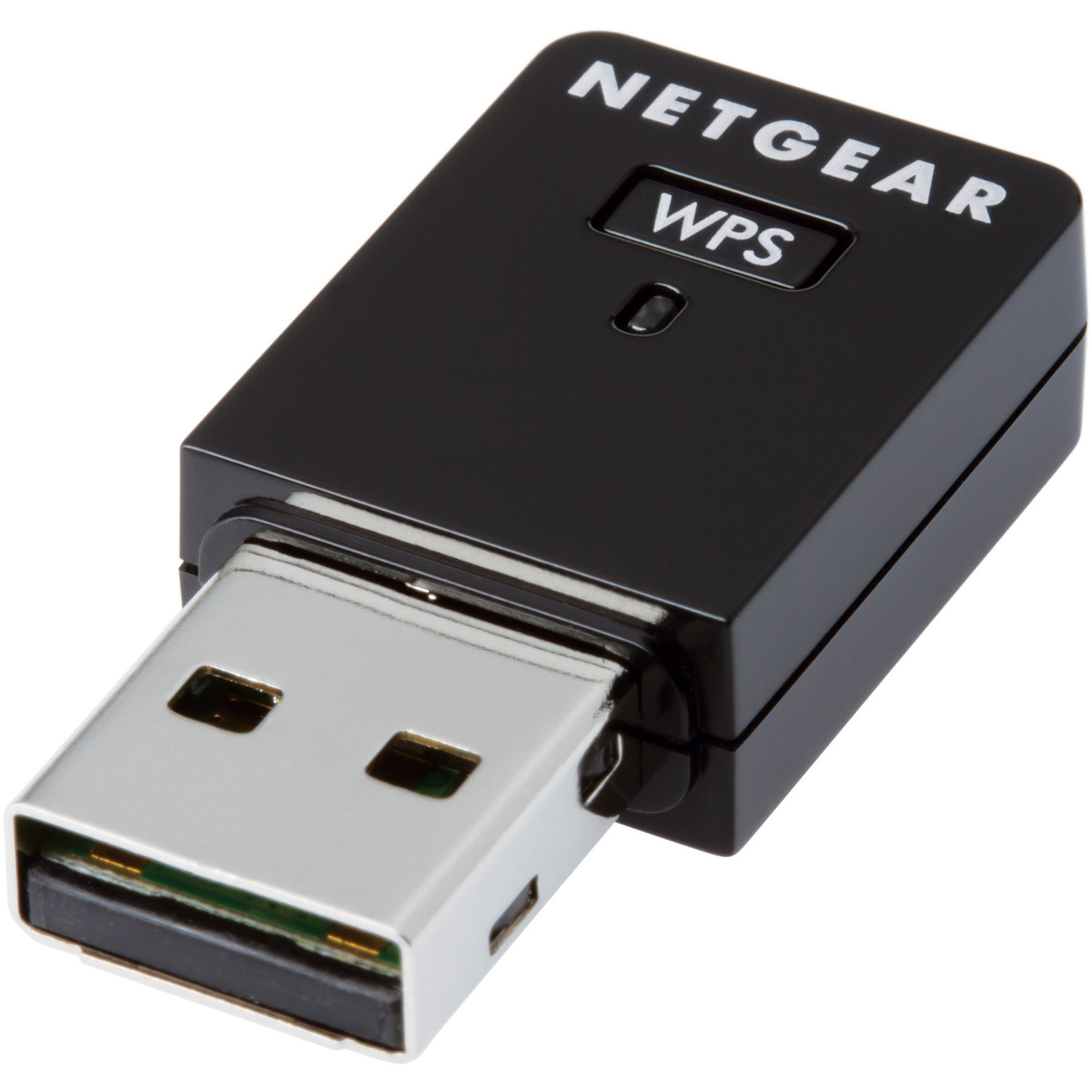
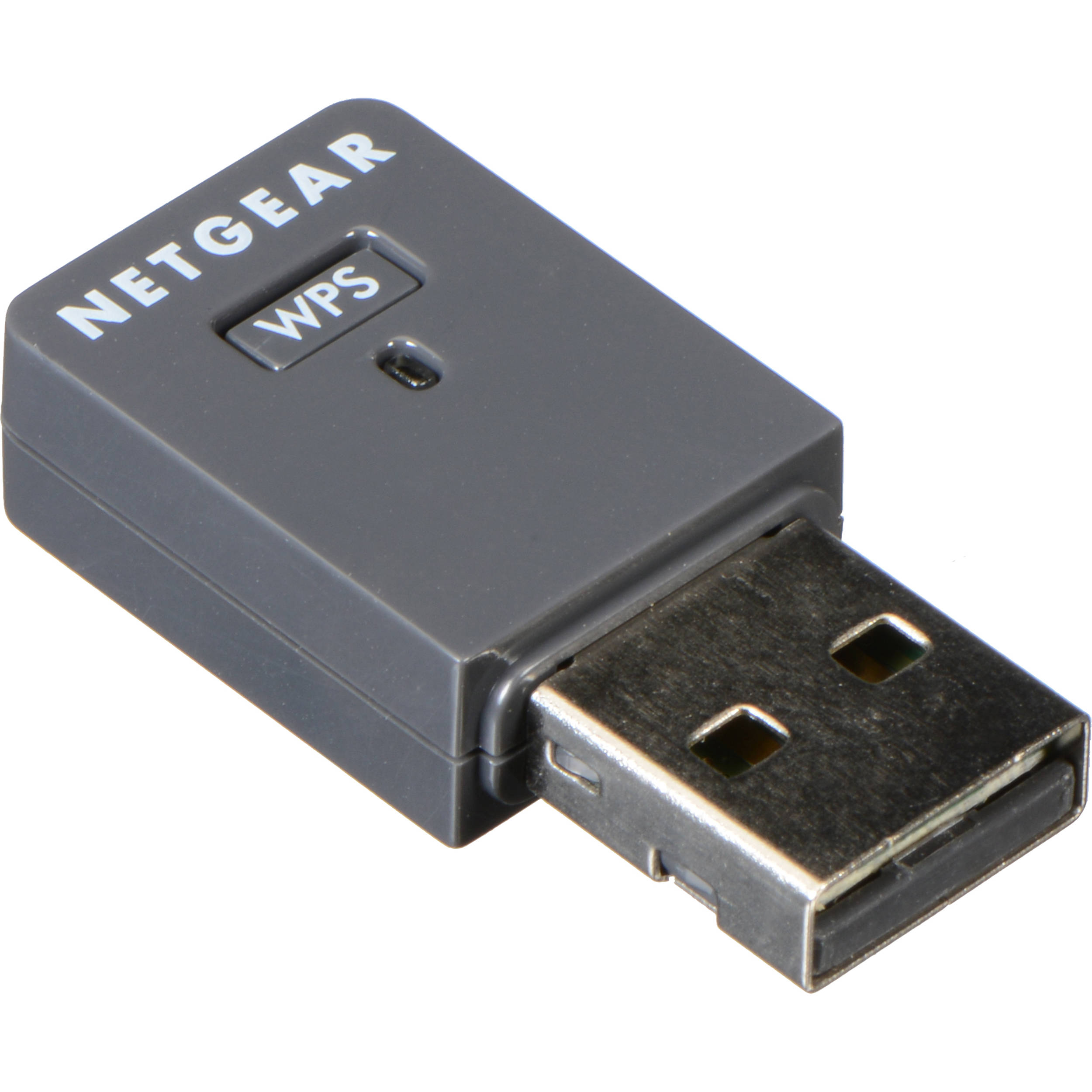
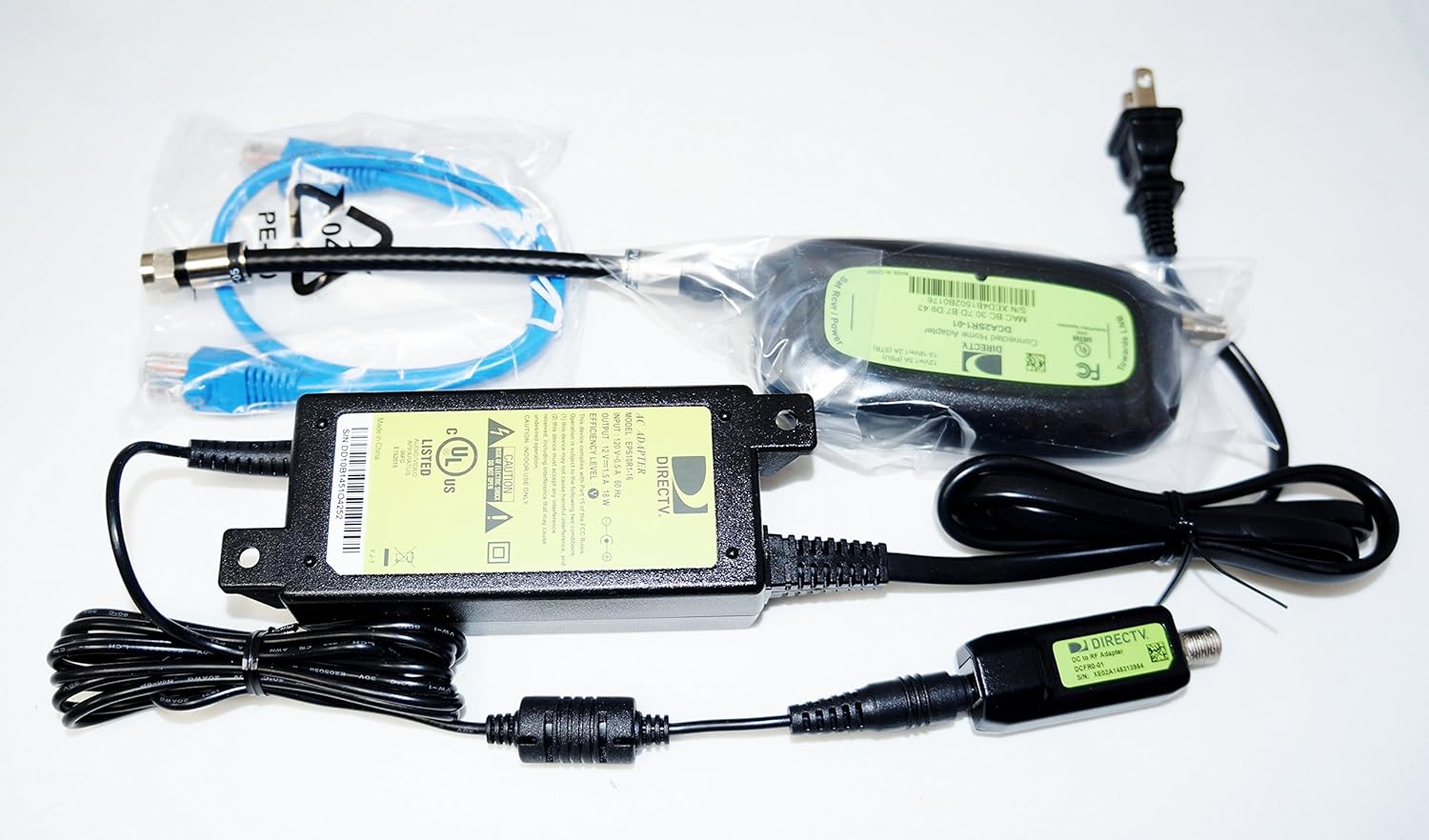
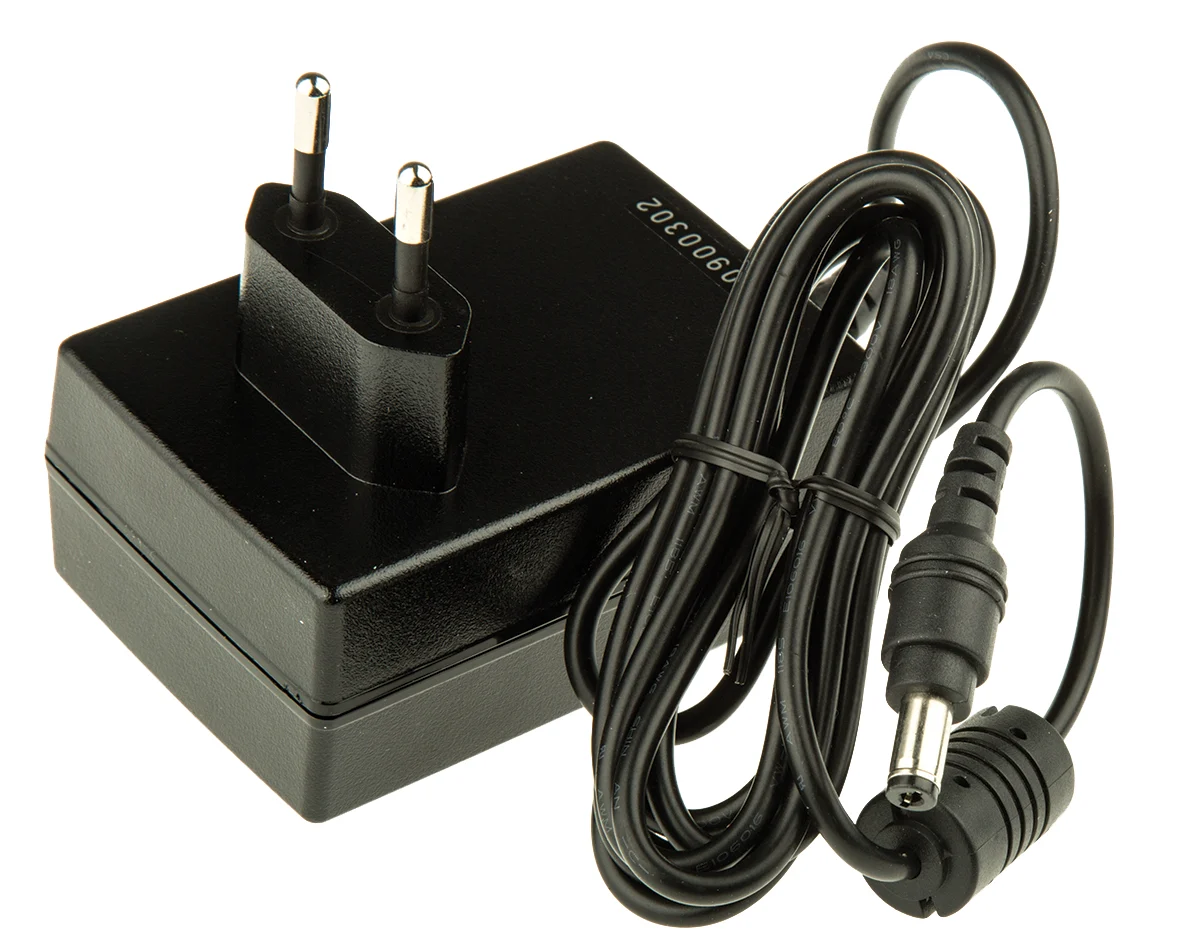
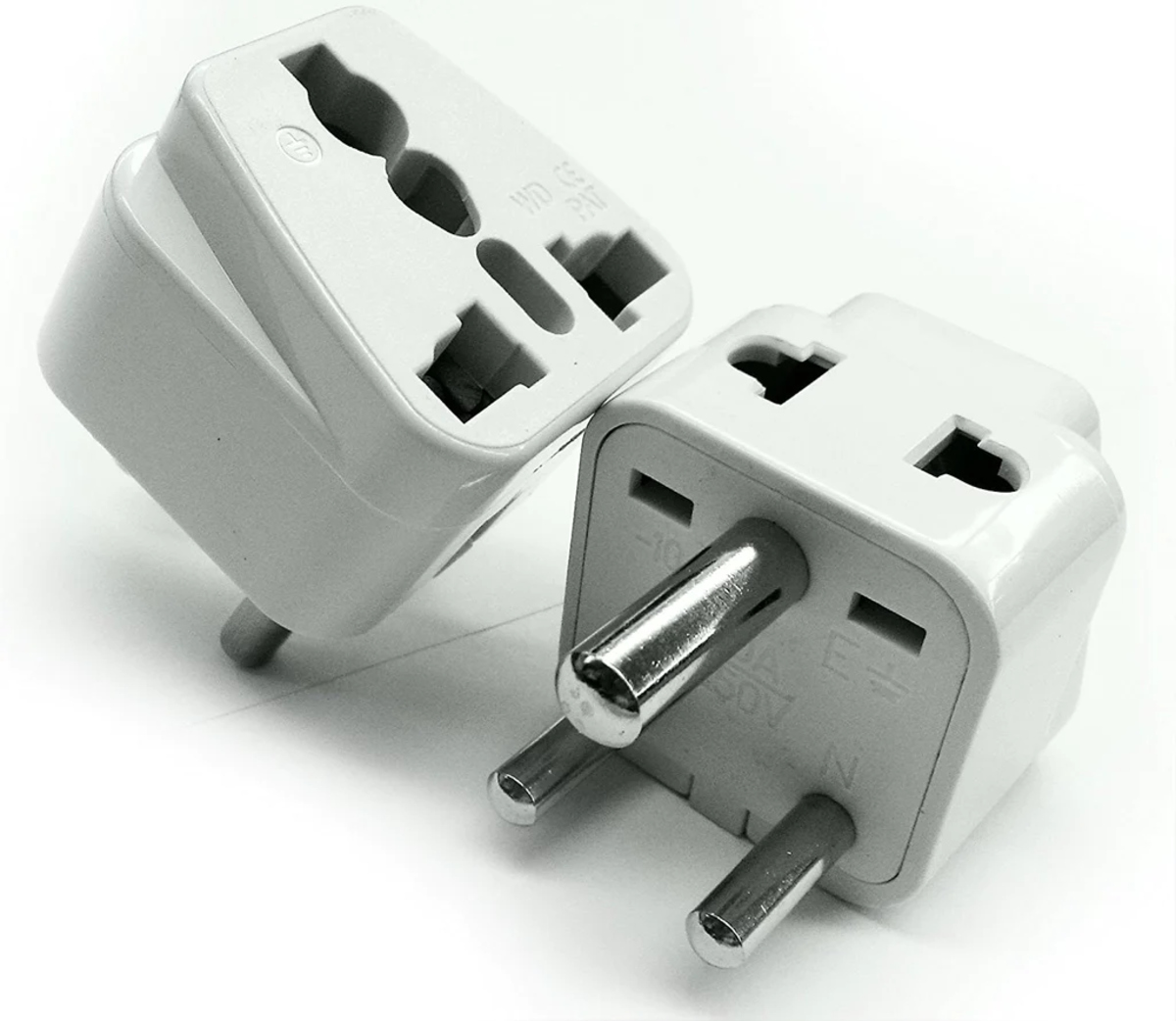
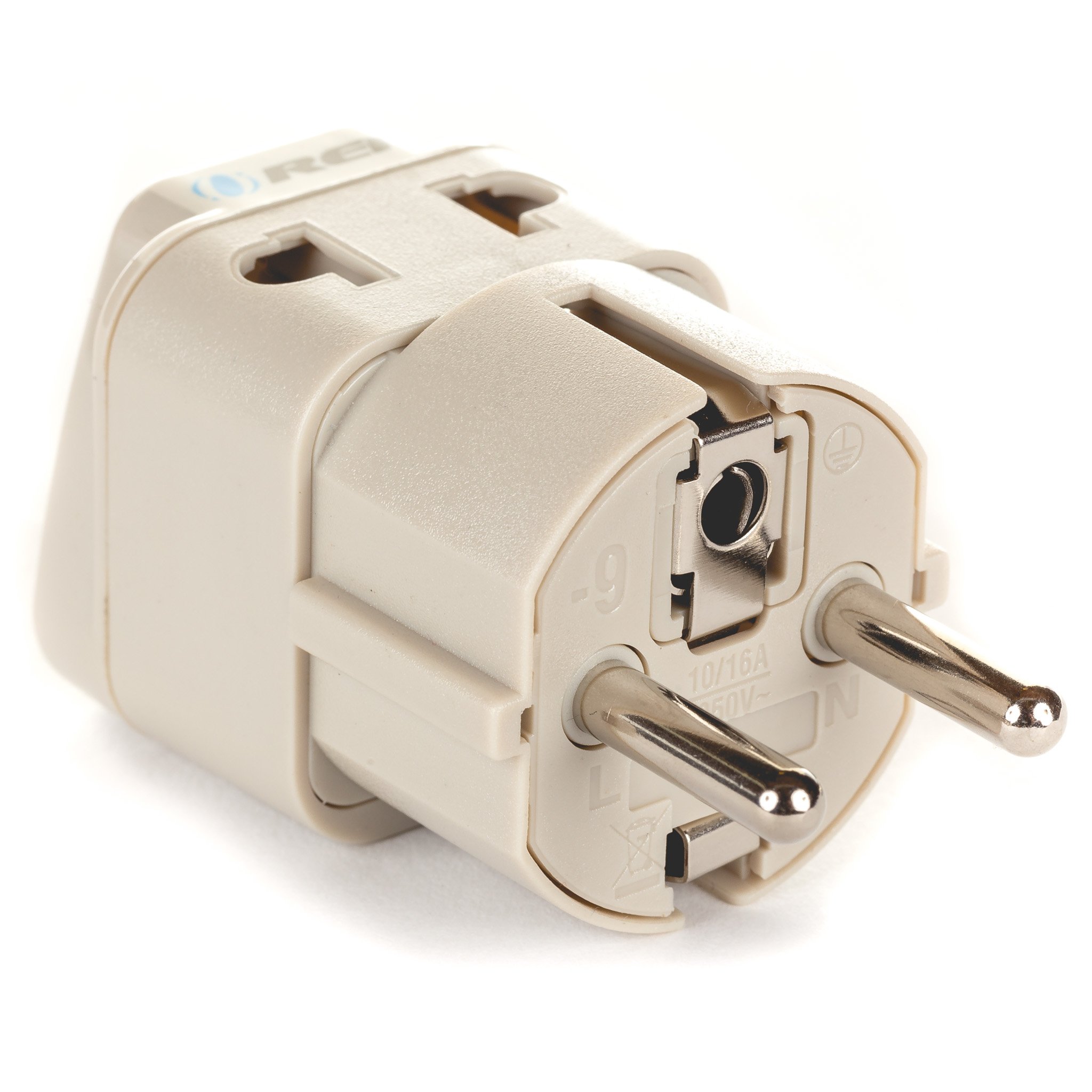
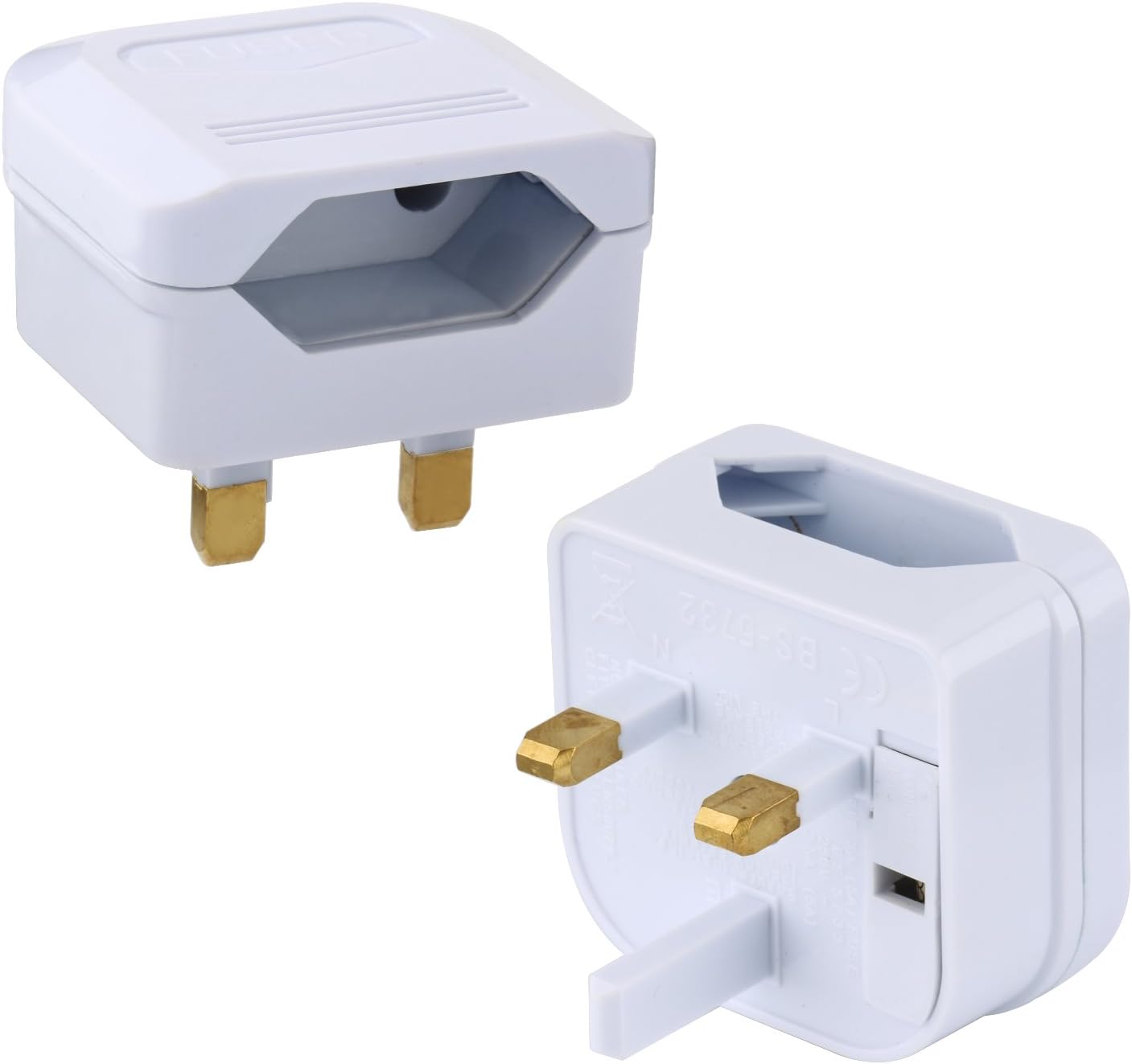
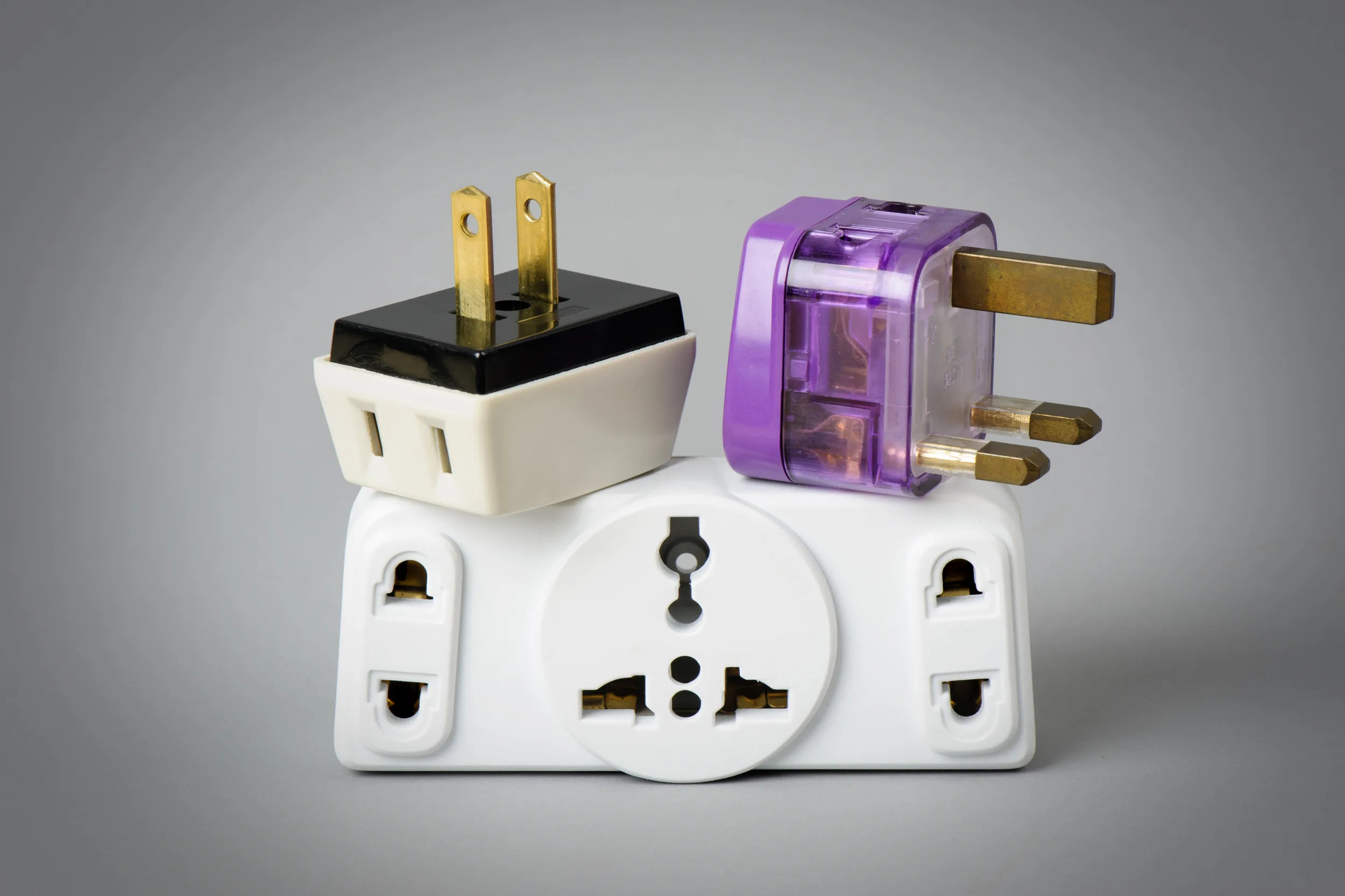
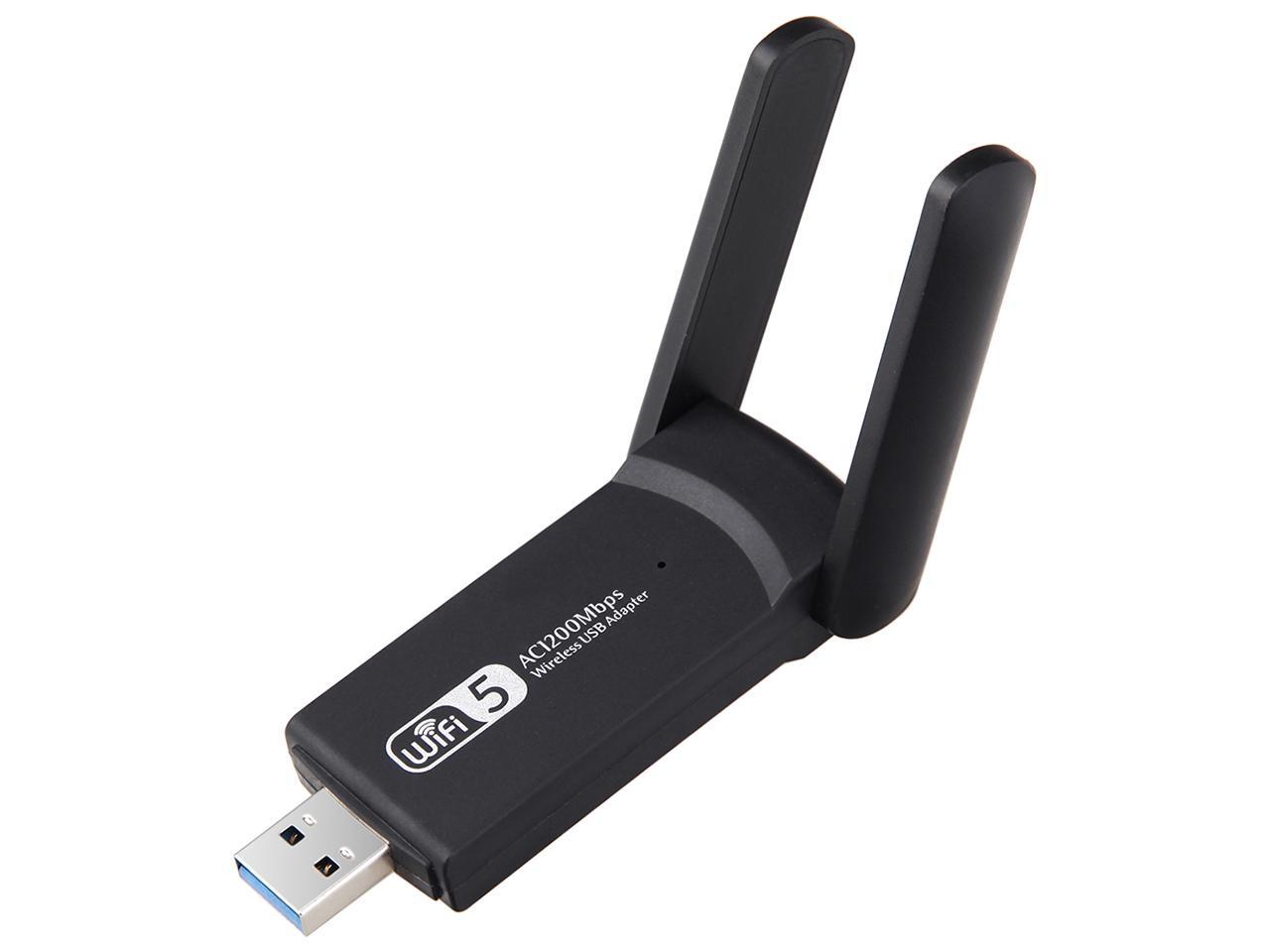
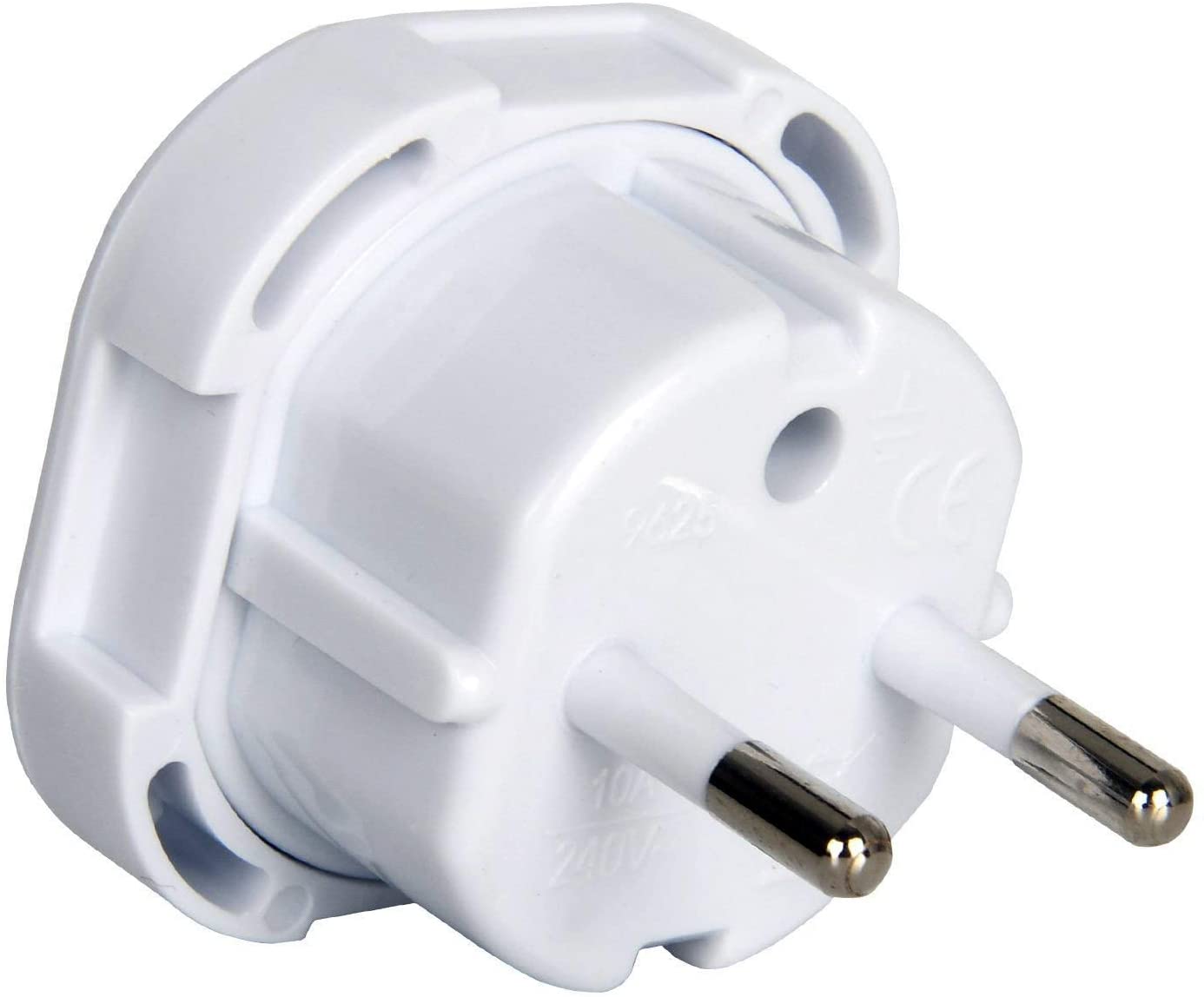
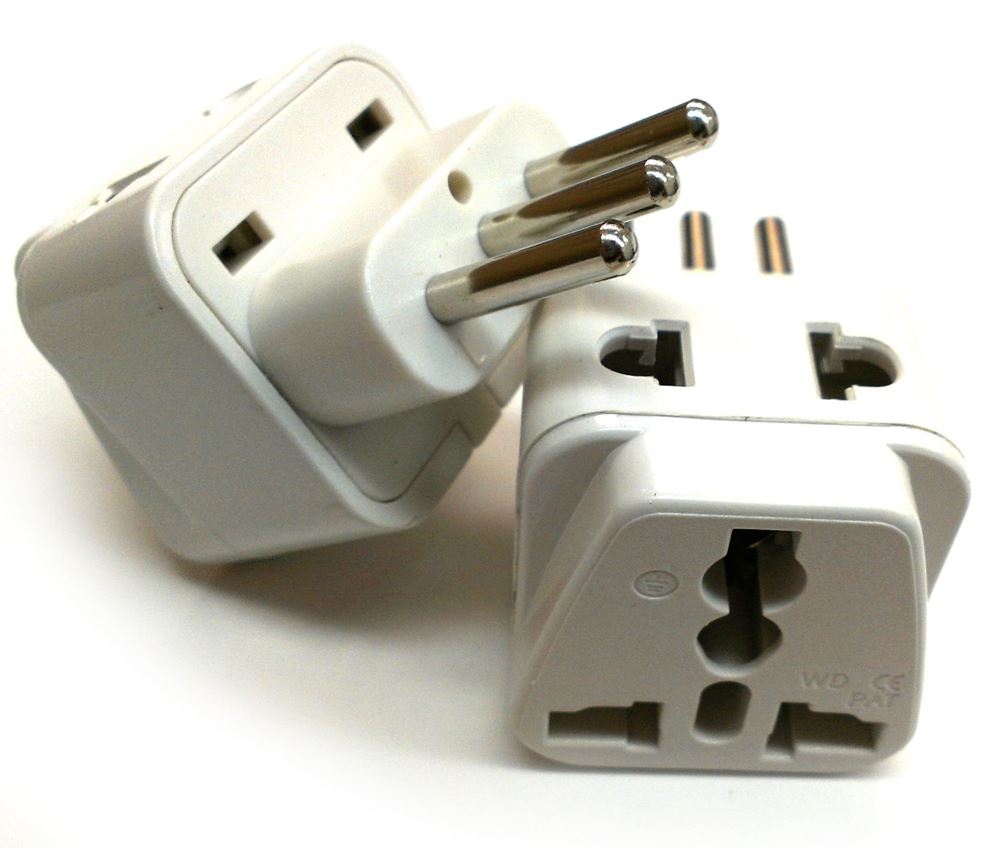
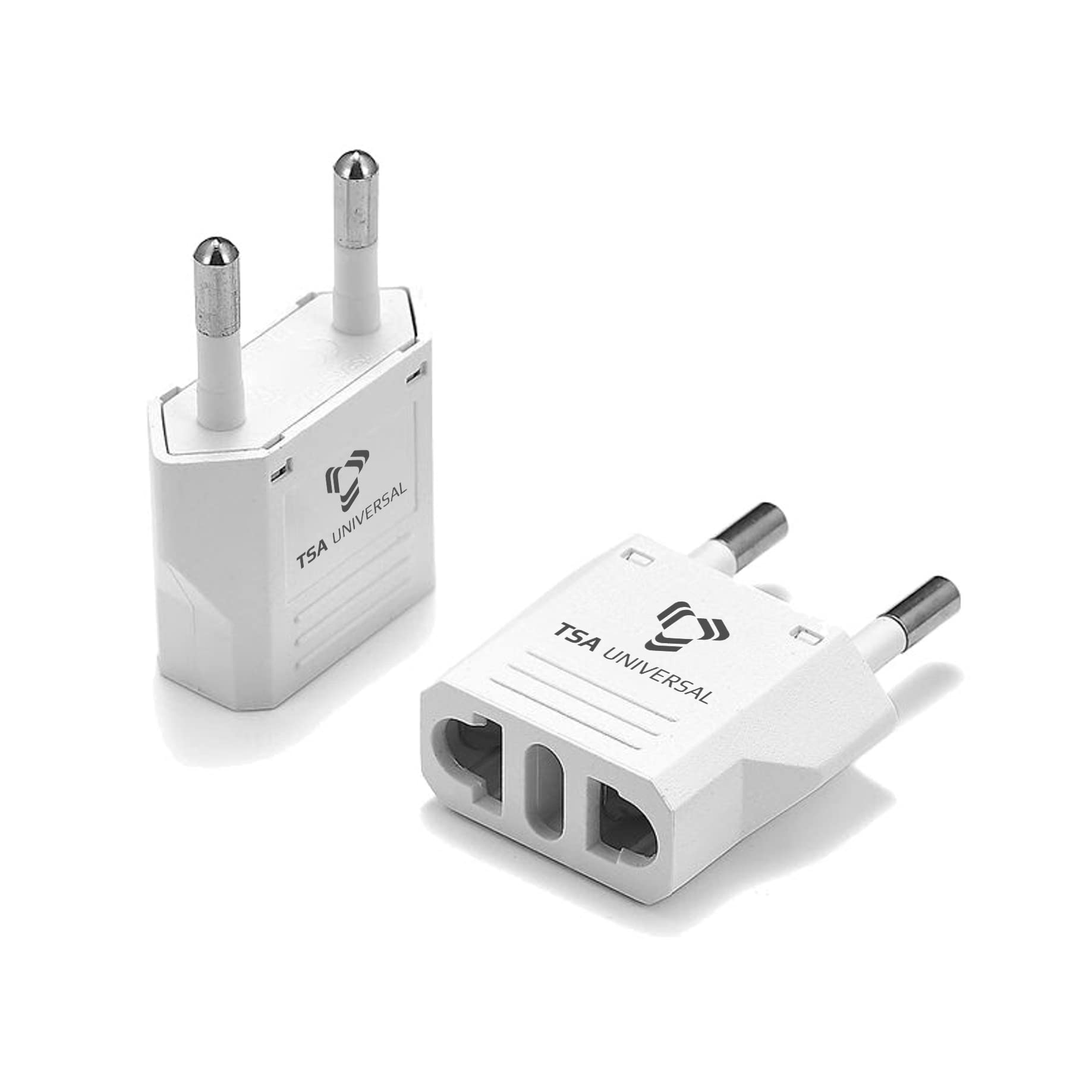
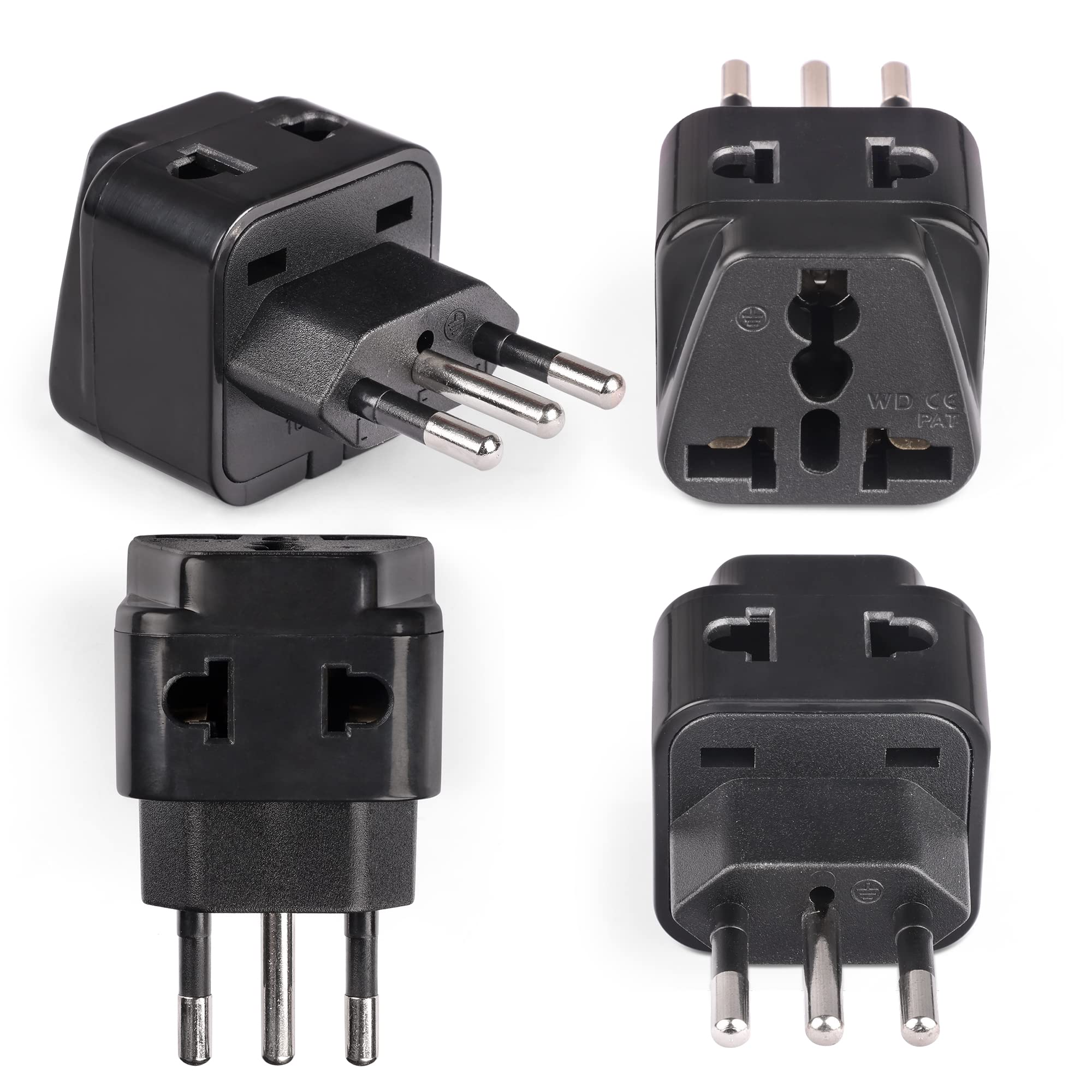
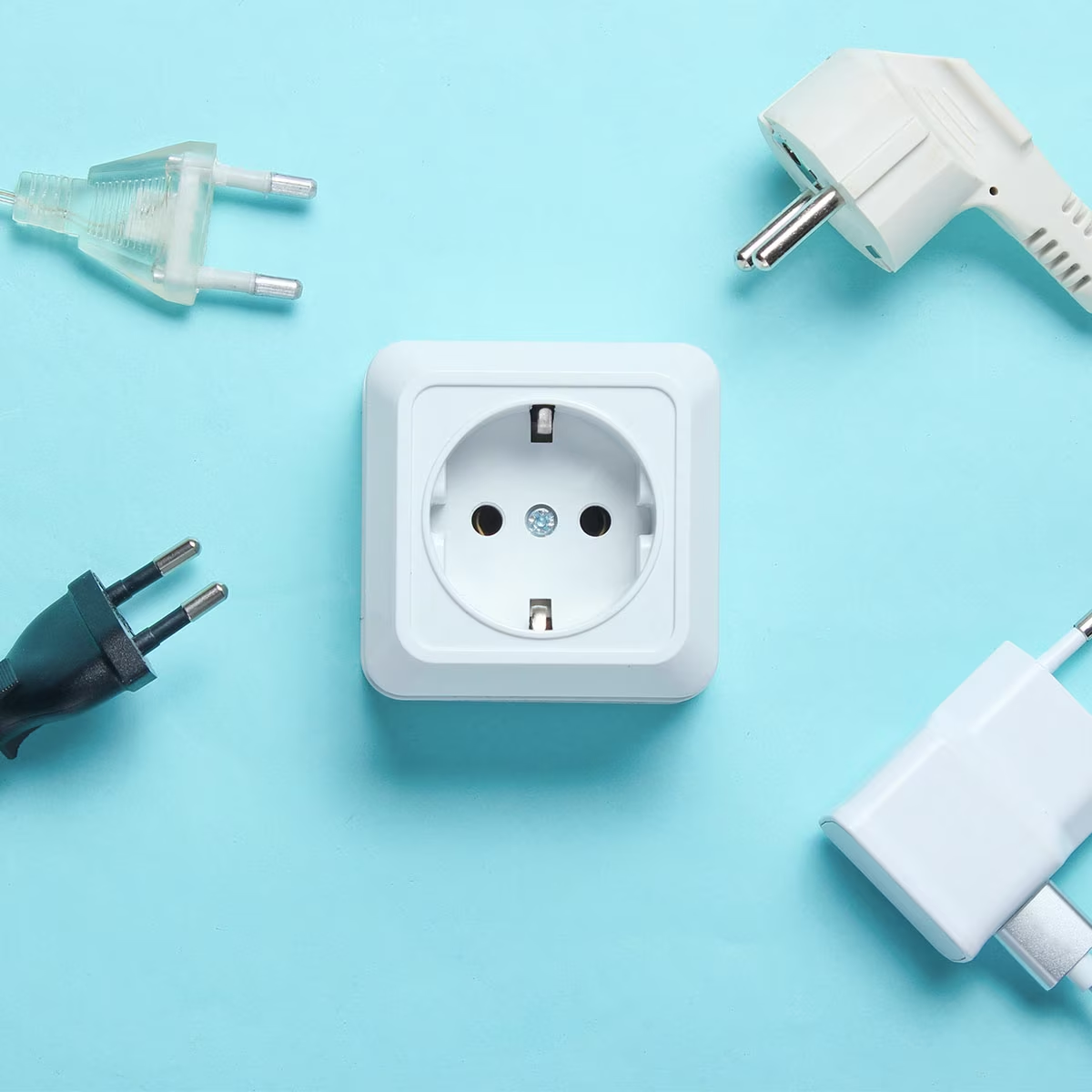

0 thoughts on “What Does A Powerline Adapter Do”